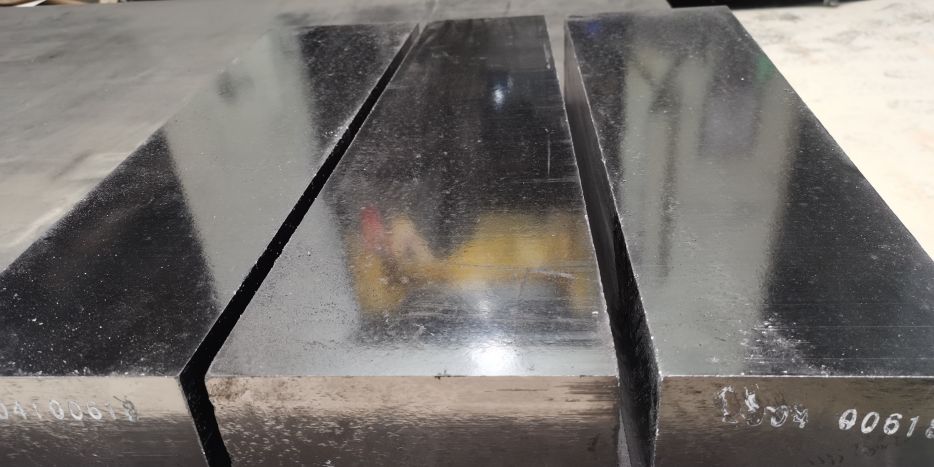Electric arc furnaces are common smelting Magnesia carbon bricks are commonly used refractory materials in the electric arc furnace smelting process. This blog will introduce the relevant knowledge about magnesia carbon bricks used in electric steel-making furnaces.
What Are Magnesia Carbon Bricks?
Magnesia carbon bricks are materials made of large-crystalline high-purity fused magnesia and high-purity flake graphite as the main raw materials, combined with resin and added with composite antioxidants, and then formed by high pressure. In the electric furnace smelting process, the working layer over the electrode is made of magnesia carbon bricks.
Characteristics of Magnesia Carbon Bricks
The magnesia carbon bricks used in electric steel furnaces have the characteristics of low porosity, high-temperature strength, high resistance to corrosion and peeling, etc. These characteristics enable MgO-C bricks to withstand high temperatures and chemical corrosion during electric furnace melting, thus ensuring the normal operation of the electric furnace.
The Application of Magnesia Carbon Bricks in Electric Arc Furnaces
At the same time, different grades of magnesia carbon bricks can be selected to suit different smelting conditions. For example, higher temperature strength grades can be selected in the slag line and hot spot areas, while stronger corrosion-resistant grades can be selected at the tapping point to ensure the smelting effect and stability of the electric furnace.
Conclusion
In summary, magnesia carbon bricks used as electric steelmaking furnace refractories are a very important material with many excellent properties. Different material grades magnesia carbon bricks can be selected according to different smelting conditions. Using them greatly improves the efficiency and stability of smelting in electric arc furnaces.

